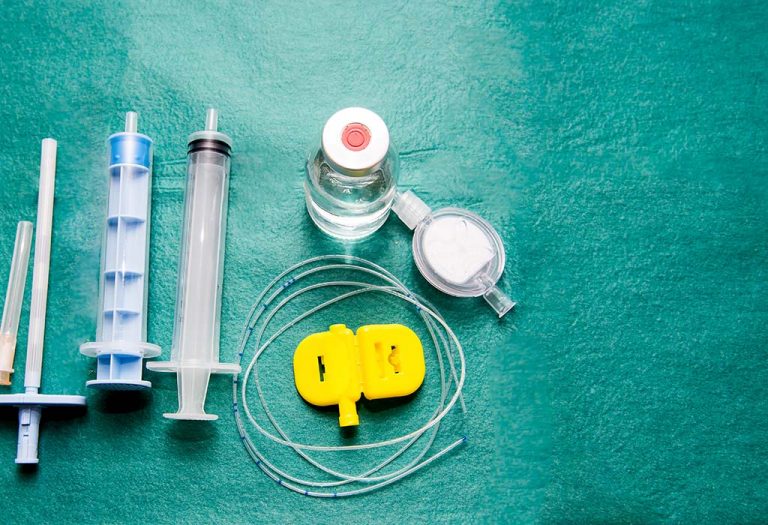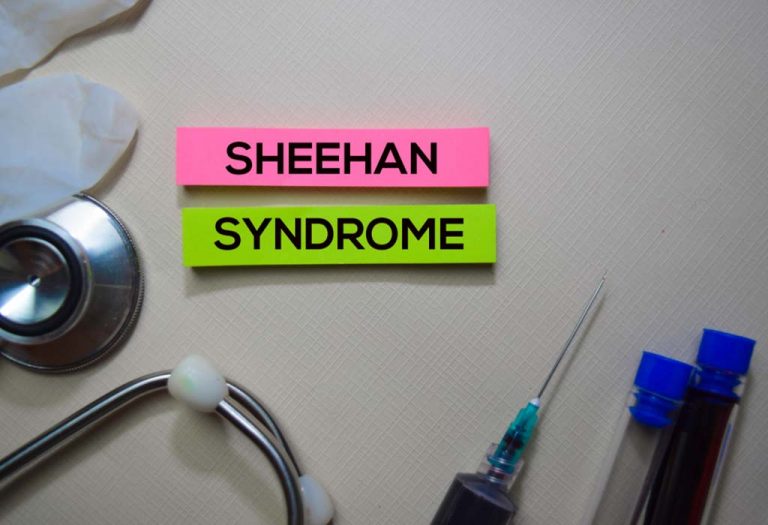Uterine Tachysystole During Pregnancy – Risks and Treatment
When you’re pregnant, you can’t wait for the moment to meet your little one. In your last leg of pregnancy, you might worry about contractions, but also wait for it with the hope that they dilate your cervix enough to allow the baby to descend to the birth canal.
But contractions are quite tricky; they might make you wonder if they are a sign of false labor or real labor. Furthermore, if you have too many contractions, you will want to know if that’s normal or not. Let’s understand what happens when a woman has abnormal or excessive contractions, also referred to as uterine tachysystole.
What Is Uterine Tachysystole?
Here is the tachysystole definition. Normally, contractions during labor may last for 60-90 seconds. The term uterine ‘tachysystole’ was adopted in 2013 to describe the condition where one experiences around 5 contractions in a span of 10 minutes when in labor. It is the condition where a woman in labor experiences excessively frequent or intense contractions.
It commonly occurs in situations where certain labor-stimulating medication such as oxytocin is given. The medication may provide the woman with the hormone oxytocin, which stimulates the contractions in the uterus during labor. Oxytocin is thus vital to labor and delivery, and it may be administered in its synthetic form. However, an adverse reaction or incorrect dosage can lead to uterine tachysystole.
Tachysystole can cause severe pain and discomfort to the mother, have effects on the umbilical cord and affect the child’s health. Due to tachysystole, the child will not receive the necessary supply of oxygen from the placenta, interfering with the development of the baby in a healthy manner (1).
How Common Is Tachysystole?
The research on uterine tachysystole is fairly limited. However, it is a commonly observed condition. As per the research paper of the American College of Obstetricians and Gynecologists, among 50,335 deliveries, 7,567 instances of uterine tachysystole were observed (2). Tachysystole usually occurs in women who have been administered labor stimulating medication.
Causes of Tachysystole While Pregnant
While there is no conclusive research to determine the causes of uterine tachysystole, it is believed that there are certain factors that increase the likeliness of the condition. These conditions are (3):
- Using labor-stimulating medication like misoprostol or oxytocin. Studies have shown that the use of oxytocin increases the chances of experiencing uterine tachysystole by two times.
- Using epidural to manage pain during labor.
- Induction of labor through medication causes tachysystole uterus because labor stimulants tend to make the contractions longer and more frequent. Incorrect administration of these medicines can result in tachysystole.
- Hypertension
- Preeclampsia
Risks and Complications
Uterine tachysystole is not inherently dangerous, but it poses several risks to the health of the baby if it is not managed properly, causing significant birth injuries. It has been associated with fetal heart rate issues, reduced fetal oxygenation, placental abruption, and the increased likelihood of having to stay in the neonatal intensive care unit.
1. Changes in Fetal Heart Rate and Oxygen Supply
As per the report published in the American Journal of Obstetrics and Gynaecology, uterine tachysystole heart rate issues in the fetus are common, but they don’t necessarily indicate an adverse outcome for the baby. The umbilical cord is the source of oxygen and blood for the baby, and during tachysystole contractions, this flow tends to reduce or stop. The period between contractions is therefore important to keep the flow going. When the contractions become excessively frequent and intense, there is not enough time for the placenta to relax, reducing oxygen supply to the fetus and decelerating its heart rate. The supply of oxygen is critical to the baby’s life, and tachysystole may result in asphyxia leading to brain injury, hypoxic-ischemic encephalopathy, or seizure disorders. The baby may also suffer from fetal acidosis, which means that the acid levels in the brain increase, causing brain injuries like cerebral palsy.
2. Uterine Rupture
A severe case of uterine tachysystole can result in a uterine rupture. This means that the fetus may be expelled from the womb into the mother’s abdomen, posing severe risks to the life of the baby and its mother. Uterine rupture can result in severe blood loss and its related complications for the mother. And for the baby, it will hinder oxygen supply and cause asphyxia, cerebral palsy, hypoxic-ischemic encephalopathy, fetal acidosis, or other such complications.
3. C-Section Birth
As per a study published in the Journal of Maternal-Fetal & Neonatal Medicine, it was found that due to the heart rate issues that the fetus has to face during uterine tachysystole, a woman’s chances of having a C-section birth may increase (4). This also means that their baby will be in need of being placed in the neonatal intensive care unit.
How Is Uterine Tachysystole Diagnosed?
Uterine tachysystole is diagnosed by tracking contractions and checking the baby’s heart rate during labor. Doctors look for:
- Too many contractions – More than five in 10 minutes (measured over 30 minutes).
- Long contractions – A single squeeze lasting two minutes or longer.
- Too little rest between contractions – Normal-length contractions happening less than a minute apart.
Doctors check for this problem in two ways: First, they use monitors on the mom’s belly or sometimes a small tube inside to watch the contractions. At the same time, they keep an eye on the baby’s heartbeat to spot any signs the baby might be in trouble – like not getting enough oxygen or having blood that’s too acidic.
How Is Tachysystole Treated?
Uterine tachysystole should be managed and treated in an effective manner to prevent any life-altering critical consequences to the mother or baby.
- If labor-stimulating medication is being used, the medical practitioner should ensure that they closely monitor the condition of the fetus so that they can identify any complications as and when they arrive. They should monitor the oxygen levels, hydration, changes in positions, and even consider medical intervention where necessary.
- If a woman has previously suffered from tachysystole or has been experiencing excessively frequent contractions, her medical records should be examined so that the best course of action can be determined.
- If the mother begins to show signs of tachysystole, the administration of labor-inducing drugs should be stopped immediately. The medical practitioner should not wait till the baby also begins to exhibit symptoms.
- The woman should change her position with support and lie in a lateral position. Provide the mother with sufficient oxygen and increase her dosage of IV fluids if necessary.
- If there has been a uterine rupture and a C-section delivery is necessary, medications for fetal resuscitation should be administered to prevent any permanent damage to the fetus.
FAQs
1. Can uterine tachysystole occur without labor-inducing drugs?
Yes, while it’s most common with medications like Pitocin or Cytotec, uterine tachysystole can also happen during spontaneous labor. Factors like maternal dehydration, preeclampsia, or fetal distress (e.g., from abnormal positioning) can trigger excessive contractions even without induction drugs.
2. Does uterine tachysystole always harm the baby?
Not always. While it can lead to oxygen deprivation (hypoxia) and complications like cerebral palsy, studies show that tachysystole early in labor (remote from delivery) may not always cause adverse outcomes. Harm depends on duration, fetal resilience, and whether medical teams intervene quickly.
3. Why might doctors continue Pitocin despite tachysystole?
In some cases, they may lower the dose rather than stop it entirely, especially if labor progress is critical. However, failing to adjust or discontinue it when fetal distress appears could be considered negligence.
Uterine tachysystole can be detrimental to the health of the mother and the life of the baby if it is not managed adequately. The impact that it has on the fetus is critical and life-altering, and therefore, it must be diagnosed and treated in time.
Also Read:
Heartburn in Pregnancy
Irritable Uterus During Pregnancy
Irritable Bowel Syndrome (IBS) While Pregnant
Was This Article Helpful?
Parenting is a huge responsibility, for you as a caregiver, but also for us as a parenting content platform. We understand that and take our responsibility of creating credible content seriously. FirstCry Parenting articles are written and published only after extensive research using factually sound references to deliver quality content that is accurate, validated by experts, and completely reliable. To understand how we go about creating content that is credible, read our editorial policy here.






















